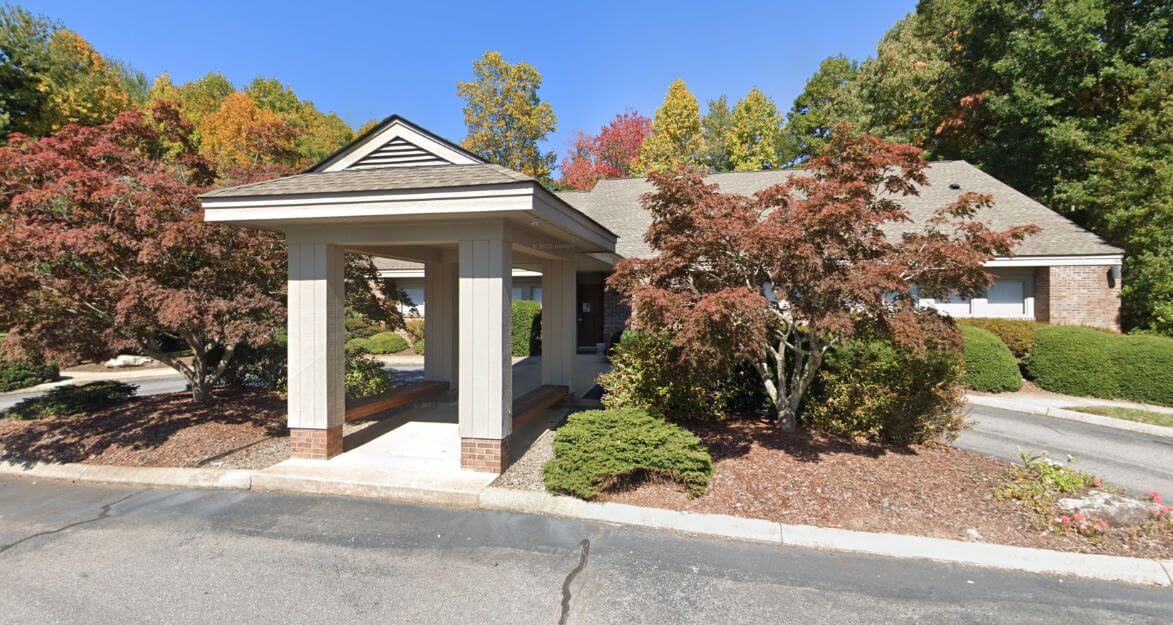Age Spots
What Are Age Spots? Understanding and Managing Age Spots
Age spots, also known as liver spots or solar lentigines, frequently develop on skin that has been repeatedly exposed to the sun, including the face, hands, neck, scalp, and arms. Although age spots are typically harmless, they can sometimes resemble more serious conditions, such as skin cancer. At The Skin Surgery Center, our skilled dermatology providers are adept at distinguishing between benign age spots and potentially cancerous lesions, ensuring an accurate diagnosis and providing the appropriate treatment recommendations.
It's crucial to have any new or changing spots on your skin evaluated by a professional to rule out the possibility of skin cancer. Our expert dermatologists utilize advanced diagnostic techniques to promptly identify and treat any suspicious lesions, ensuring your skin's health is maintained.
Tailored Age Spot Treatment Options at The Skin Surgery Center
When you schedule an appointment with one of our providers at The Skin Surgery Center, we will work with you to develop a personalized treatment plan for your age spots. We offer a variety of treatment options, including topical creams, laser therapy, and cryotherapy, all tailored to your unique skin type and concerns.
Our primary goal is to help you achieve clear, healthy skin while providing peace of mind through expert care and customized treatment plans. Let our experienced team guide you in maintaining the health and beauty of your skin, ensuring you receive the highest level of care.
Examples of Age Spots
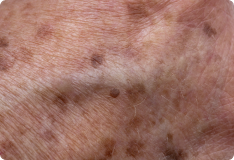
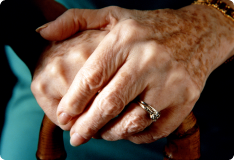
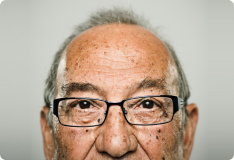
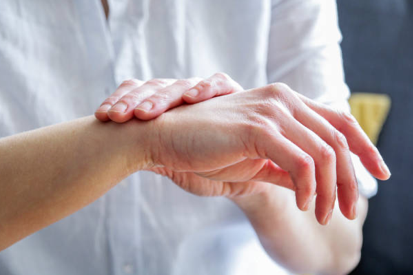
Symptoms of Age Spots
- Flat, Oval Shapes: Age spots are flat, oval-shaped areas of skin with no raised texture.
- Brown, Gray, or Black Color: Often appear in shades of brown, gray, or black.
- Small to Medium Size: Age spots can range in size from small to medium.
- Common Areas: They frequently occur on sun-exposed areas such as the face, hands, shoulders, and arms.
Causes of Age Spots
- Age spots are more likely to appear on people whose lifestyle exposes them to the sun.
- Over time, the skin loses its ability to repair itself after sun exposure and the spots appear.
Preventing Age Spots
FAQs for Age Spots
Age spots are generally harmless and not indicative of a serious medical condition. However, it's essential to differentiate age spots from other skin conditions, such as melanoma, which is a type of skin cancer. If you notice any changes in the appearance of your spots, including size, color, or irregular borders, or if they become itchy or bleed, it's crucial to consult with your dermatologist for a proper evaluation.
Age spots do not typically fade naturally, but their appearance may be influenced by sun protection measures. Regular use of sunscreen and sun-protective measures can prevent the spots from darkening and may contribute to a more even skin tone over time.
Age spots and freckles are distinct skin conditions. Freckles, also known as ephelides, are generally smaller, lighter in color, and often appear in individuals with fair skin. They are caused by an increase in melanin production and are usually genetic. Age spots, on the other hand, are larger, darker, and are associated with both aging and sun exposure. While freckles may darken with sun exposure, age spots are more likely to develop in areas that receive chronic sun exposure over many years.
While sun exposure is a primary factor in the development of age spots, they can also occur in areas not directly exposed to the sun. Other factors, such as genetics, can contribute to the formation of age spots. Additionally, artificial sources of UV radiation, such as tanning beds, can also increase the risk of age spot formation. It's important to practice sun protection and be aware of overall sun exposure, even if you haven't spent extended periods outdoors.
Age spots are primarily caused by prolonged exposure to the sun's harmful ultraviolet (UV) rays. Over time, this exposure can lead to an accumulation of melanin, the pigment responsible for skin color. This excess melanin forms dark spots or patches on the skin, commonly appearing on areas frequently exposed to the sun, such as the face, hands, shoulders, and arms.
From Our QualDerm Family of Providers: What Are Age Spots?
Treatments for Age Spots
If one opts to treat age or sun spots, there are cosmetic options, including:
- Laser Therapy: Lasers can target pigment in age spots, breaking it down and allowing the body to naturally eliminate the discolored cells.
- Chemical Peels: A chemical solution is applied to the skin, causing it to peel and new, evenly pigmented skin to replace the old skin.
- Microdermabrasion: This procedure involves gently exfoliating the outer layer of skin, which can help reduce the appearance of age spots.
Featured Blogs
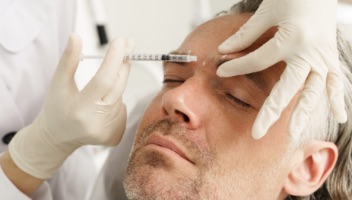
- Botox
- Injectables or Fillers
- Cosmetic Treatments
Understanding the key differences between BOTOX® or fillers can help you make an informed decision on which treatment is right for you.
Read More
- General Dermatology
- Cosmetic Treatments
Explore the myriad benefits of laser treatments. Learn how these advanced procedures can effectively address various skin concerns, from acne scars to unwanted hair, providing you with smoother, rejuvenated skin.
Read More
- Skin Care
- Cosmetic Treatments
Unlock the secrets to achieving radiant, glowing skin. Explore expert tips and skincare routines tailored to nourish and revitalize your complexion, empowering you to embrace a luminous and youthful appearance.
Read MoreFeatured Products
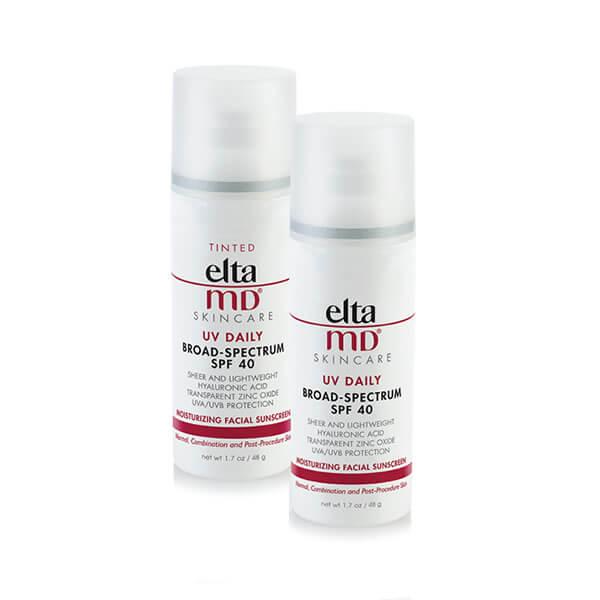
EltaMD UV Daily SPF 40 original
Serious UV protection and superior hydration join forces in this sheer facial sunscreen. EltaMD UV Daily has hyaluronic acid to boost moisture retention and diminish fine lines. This lightweight moisturizer with UV protection can be worn alone or under makeup. Choose from tinted and untinted formulas for use every day. 1.7 oz / 48 g
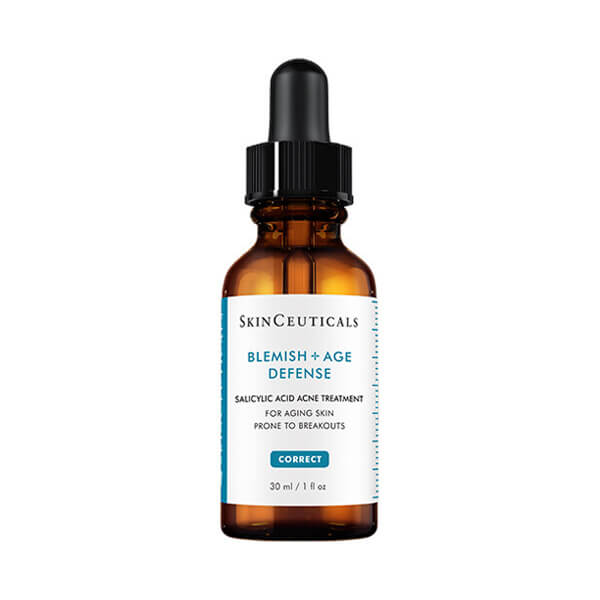
SkinCeuticals Blemish + Age Defense
Blemish + Age Defense is a targeted, oil-free approach for aging skin prone to breakouts. This first-to-market acid blend combines 2% dioic acid with an optimal alpha- and beta-hydroxy acid formulation to reduce the formation of acne and clogged pores. 1 fl oz / 30 mL


